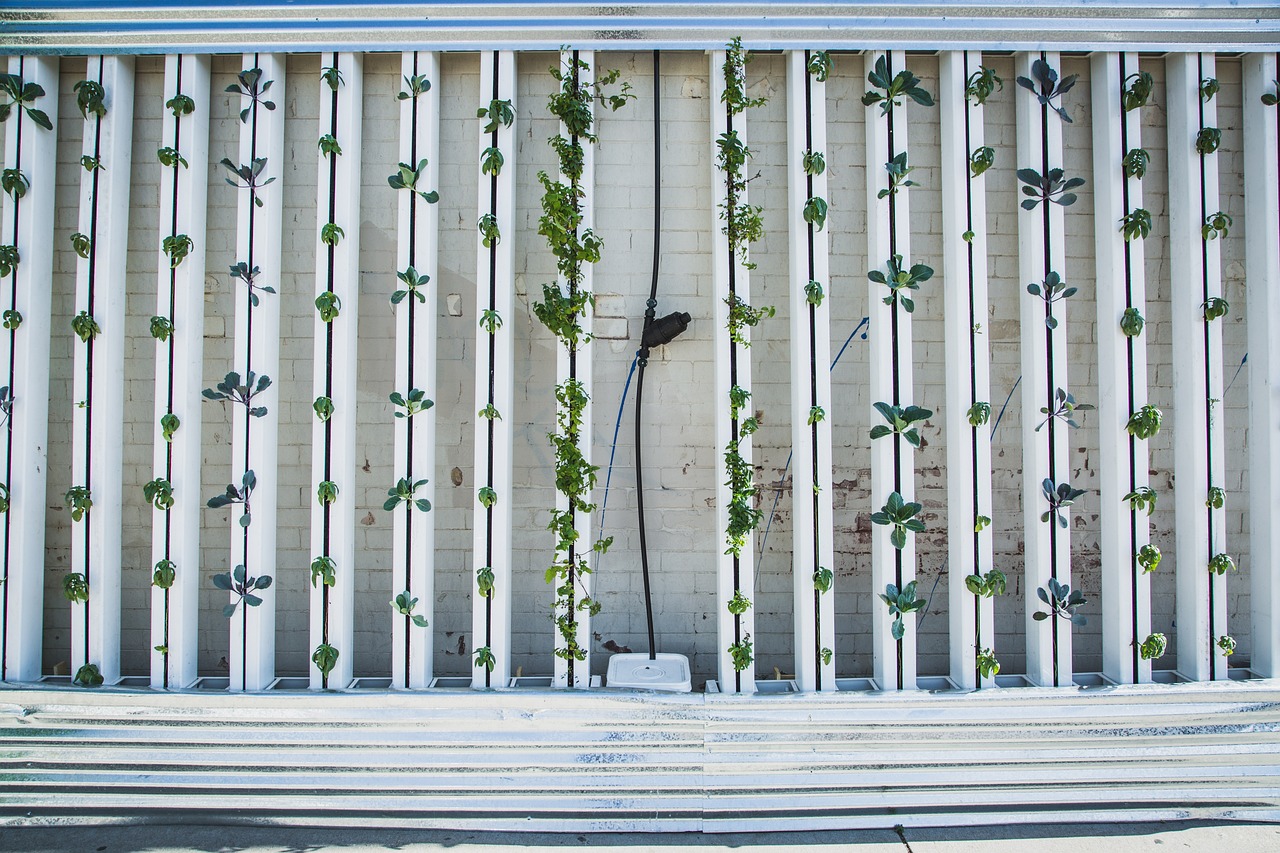
Pre-reading questions:
- Do you like the idea of vertical farming?
- Is vertical farming a new technology?
Vocabulary:
- farming /FAHR-ming/
- store /stawr/
- challenge /CHAL-inj/
- conclusion /kuhn-KLOO-zhuhn /
- security /si-KYOOR-i-tee/
[noun] – the activity of working on a farm or organizing the work there
Farming is the practice of growing plants and raising animals for food.
[noun] – a place where you can buy goods or services
A store is a place where you can buy things you need.
[noun] – (the situation of being faced with) something that needs great mental or physical effort in order to be done successfully and therefore tests a person’s ability
Climbing that mountain was a big challenge for all of us.
[noun] – the opinion you have after considering all the information about something
At the end of the book, the author came to the conclusion that the main character had learned an important lesson.
[noun] – the fact that something is not likely to fail or be lost
If I had to choose between a larger salary and job security, I would choose the latter.
Article reading:
Vertical farming is not a new idea; farmers have long looked for methods to boost production while using less soil and space. Over the past few years, modern vertical farming has become more widely used. Oishii, a vertically-farming strawberry corporation with headquarters in New Jersey, is one example of this. In a famous New York store in 2021, a large bag of its highly regarded Japanese Omakase strawberries would cost $50 (£44). In addition to highlighting the significant challenges in commercializing vertical farms, this high price also shows that vertical farming has a chance to compete with and ultimately surpass traditional farming in terms of quality.
In conclusion, vertical farming has the potential to change how we produce and consume food, despite the fact that it is still in its early stages and faces many challenges. It has the potential to solve the problems of population growth and food security.
True or False:
- Vertical farming is a new idea.
- Oishii is a vertically-farming strawberry corporation.
- In 2021, a large bag of Japanese Omakase strawberries cost $50 in a famous New York store.
- Vertical farming is currently facing many challenges.
- Vertical farming has the potential to solve the problems of population growth and food security.
Fill in the blanks:
| farming | store | challenge | conclusion | security |
- Because of my irregular employment, I don’t have much financial ______.
- With new technology, ______ has changed dramatically over the years.
- Samantha is going to the ______ to buy some candy.
- Learning how to play the piano was a ______, but Jane was determined to do it.
- After conducting the experiment, we reached the ______ that the hypothesis was correct.